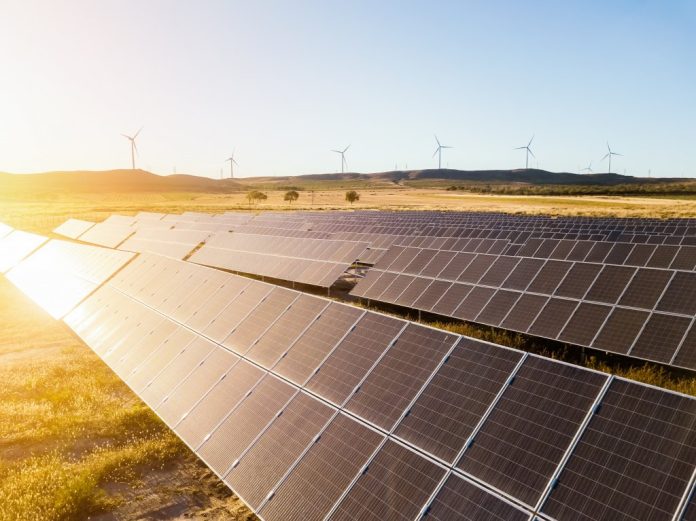While the world’s science community implores governments to speed the transition away from fossil fuels before a tipping point of no return is reached, the process of approving clean energy projects has gotten bogged down in local disputes. Some reports say Ohio is actually leading all states in this regard. 10 counties have now banned solar and wind energy facilities.
One of the most prevalent arguments is that solar panels interfere with the growing of food. To many this seems convincing as we all need food. But a deeper examination reveals this to be a false choice. Not only can we have both, but each can act as an actual enhancement to the other. It is a classic opportunity for a win-win.
Though not well known in the U.S., there is a new approach – called “agrivoltaics” – being applied at increasing scale around the world. The concept started in Japan, which now has more than 1000 agrivoltaic installations. Germany, France, India and China are starting to adopt the practice as well.
It has already earned praise by the most prestigious scientific body in the U.S. – the National Academy of Sciences.
Researchers have found that for certain crops the yield is actually increased. According to the Solar Harvest agrivoltaics (AV) center at Oregon State University, most plants don’t actually need all the sunshine that’s available to them to grow well. Certain varieties of peppers and tomatoes do really well, along with potatoes and beans.
AV offers other critically important benefits. Due to climate change, access to sufficient water will be an increasing challenge. “The higher soil moisture levels and cooler temperatures under solar panels mean less water is needed for irrigation,” according to the Oregon Clean Power Cooperative.
The cooperative also found that the cooling effect of growing plants can allow solar panels to create more electricity for a longer period of time, and crops can be better protected from winds and hail, “reducing the risk of crop destruction.”
“I think the key words are: more food and better food, less water, extra revenue for the farm. It’s a four-way win for farmers,” according to Solar Harvest founder Chad Higgins.
Given such substantial benefits, it is striking to juxtapose them with the looming global climate crisis. The Intergovernmental Panel On Climate Change (IPCC) – representing a full 195 nations – issued a stark warning that humanity is perilously close to being too late to act before a tipping point is crossed and a breakdown of life support spins out of control.
A whopping 85% of global water consumption is used for irrigation. If agrivoltaics was implemented on a large scale, it would decrease this consumption and potentially reduce hunger pressures on tens of millions of people.
Given what is at stake globally, it is all the more remarkable that a proposed solar project in central Ohio is now poised to lead the entire nation in demonstrating agrivoltaics.
The groundbreaking 800 MW, 5,700-acre ‘dual use’ development known as the Oak Run Solar Project in central Ohio recently filed plans to implement agrivoltaics at a record-shattering scale. The project also proposes to launch a national training center in agrivoltaics.
The proposal calls for implementation of AV on a “minimum of 2000 acres.”
Through the training center, expertise in AV would ripple outward through the Midwest, the nation and the world.
The fate of this transformative possibility is now in the hands of the Ohio Power Siting Board. This board needs to consider the full ramifications of how Ohio can move to a position of national leadership. It should also consider the vast difference in opinion which occurs when the public understands that solar panels and farming can co-exist.
A survey from Green Technology, Resilience, and Sustainability assessed if public support for solar development increases when energy and agricultural production are combined in an agrivoltaic system. The survey found that 81.8% of respondents would be more likely to support solar development if it integrated agricultural production.
Agrivoltaics offers a triple win:
It is a win for farmers for the reasons described
By negating the slowdown occurring in response to controversy over the loss of cropland, it can accelerate the transition toward clean solar energy – thus creating a win for all who hope the most catastrophic consequences of climate disruption can be avoided
Though some level of drought and food shortages are inevitable due to carbon emissions already released, the water conservation AV would bring has the potential to at least reduce their scale. This would be a win that can affect the welfare of tens of millions.
The pitched battles now raging at approval hearings represent a totally false choice and completely unnecessary polarization. If we can only look past the rhetoric with an open mind and keep our eyes on the prize of protecting our children’s future, there is indeed a path to a win-win for us all.






